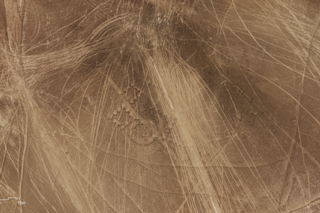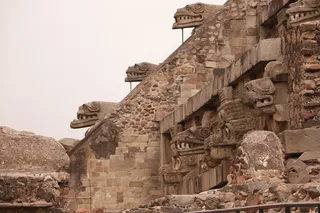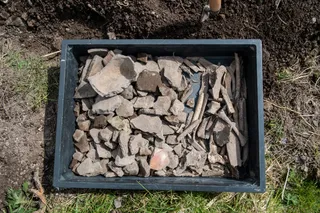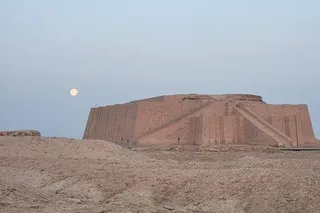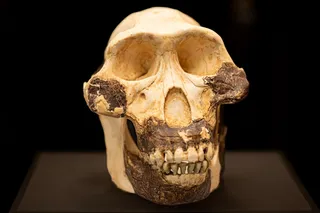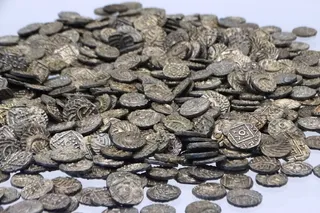On the arid and seemingly sterile surface of the Atacama Desert lies an invaluable treasure of history and culture: thousands of ancient geoglyphs etched on the slopes of the hills, silent witnesses to the caravan routes of pre-Hispanic peoples.
Gonzalo Pimentel, archaeologist and president of the Atacama Foundation, describes them as accurate maps leading to the Pacific Ocean and records of memories, habits, and customs. Colossal human figures, llamas, birds, and enigmatic geometric shapes have reflected the Andean worldview for over 3,000 years.
However, this invaluable heritage — which has yet to be fully explored — is under constant threat. Among the main culprits are formal and informal rallies, as well as mining activities. The passage of vehicles leaves marks that alter the original designs, rendering them unrecognizable and, in some cases, irreparable.
Pimentel believes this is the case with the geoglyphs at Alto Barranco, which are over a thousand ...


